10 Things You Should Know Before Visiting Paris With Mobility Issues
Paris is beautiful. It’s also exhausting. If you’re using a wheelchair or walking with pain, stairs, narrow sidewalks, and inaccessible metros can turn a dream trip into a logistical puzzle. But that doesn’t mean you shouldn’t go. It just means you need the right info.
We gathered insights from hundreds of real travelers – people with wheelchairs, canes, arthritis, and post-surgery pain. Here’s what they wish they knew before going.
1. Don’t Count on the Metro
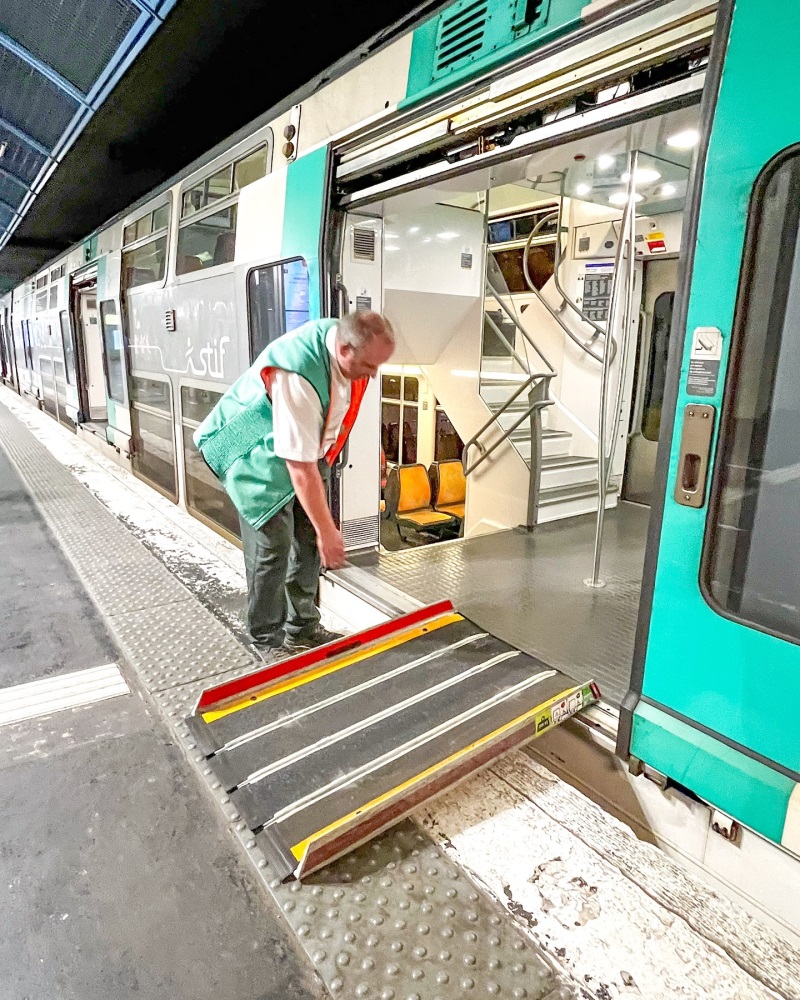
The Paris metro is one of the least accessible transport systems in Europe. Most stations are deep underground, with multiple staircases and no elevators. Even stations that appear accessible on maps often have missing or broken lifts.
Line 14 is the one true exception. It was built to be accessible, with elevators and level boarding. RER lines A and B are also usable with assistance, but you need to ask for ramps at the station help desk before boarding. Expect delays. Don’t wing it.
RER C, despite what some maps say, is not accessible. The gap between the platform and train is too wide.
2. Buses Are Your Best Friend
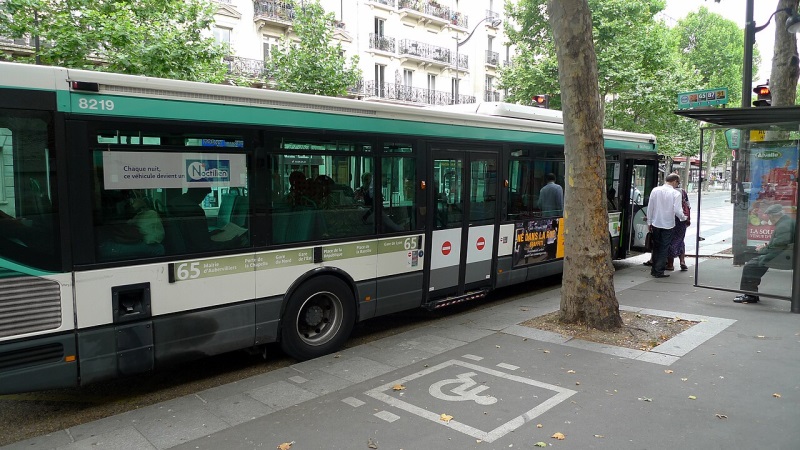
Every single Paris bus has a ramp. They’re used by wheelchair users, people with canes, and parents with strollers.
Buses also let you stay above ground and see the city as you move. Many travelers recommend them as the best alternative to the metro.
Citymapper and Bonjour RATP are the best apps for real-time schedules and accessible routing. Look for the “step-free” or “wheelchair” options when planning.
Some scenic routes get mentioned a lot: Bus 69 for a long sightseeing ride through major areas, and Bus 52 as a great city sampler.
3. Taxis Are Easy If You Plan Ahead
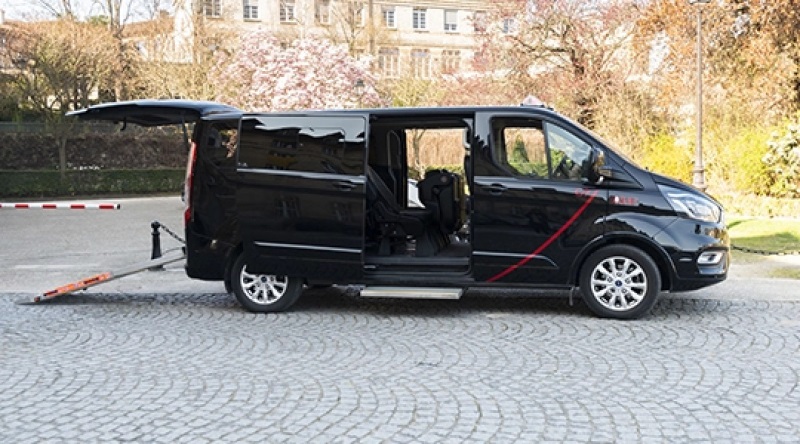
The G7 app lets you book accessible taxis with ramps. Uber Access and Uber Van work for foldable wheelchairs. Regular taxis often accept chairs if they fit in the trunk.
That said, some travelers reported drivers refusing them, even though it’s illegal. If that happens, take a photo of the license and file a complaint. It’s rare but good to be prepared.
In August, when locals leave the city, parking is easier. If you have a European disability placard, street parking is often free and spots are more available. If you’re coming from abroad though, it’s hard to get the local permit needed to use designated spaces legally.
4. Most Major Attractions Are Technically Accessible
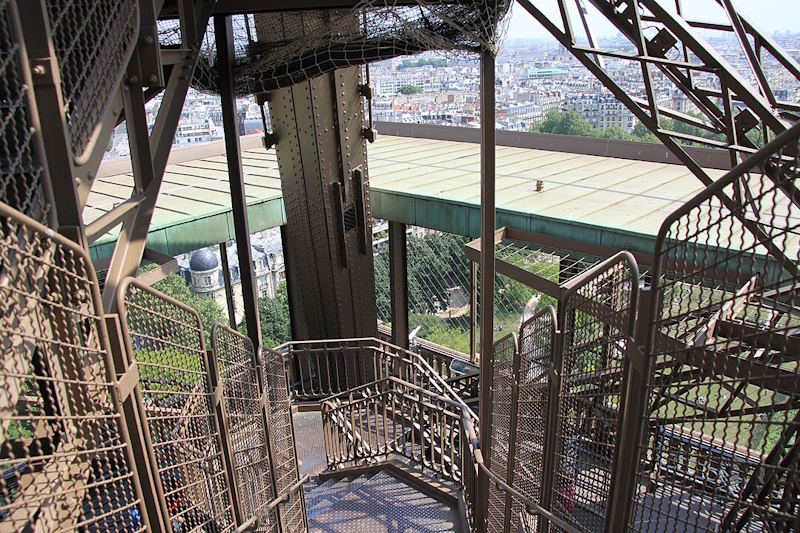
Almost every major monument or museum has at least partial accessibility. But don’t assume it’s straightforward.
The Eiffel Tower has elevators to the first and second levels. The top is cramped, and most travelers with mobility limits stop at the second level.
The Louvre has elevators and free wheelchair loans. Entry is free for you and a companion if you bring documentation. Some elevators were out of order when travelers visited, so check with staff at entry.
Musée d’Orsay, Pompidou, and Petit Palais all get high marks for accessibility. The Pompidou museum areas are easy to move through, though the rooftop restaurant may not be accessible.
Rodin Museum has a ramped entrance, and the ground floor and gardens are manageable.
5. Versailles Is Beautiful But Frustrating
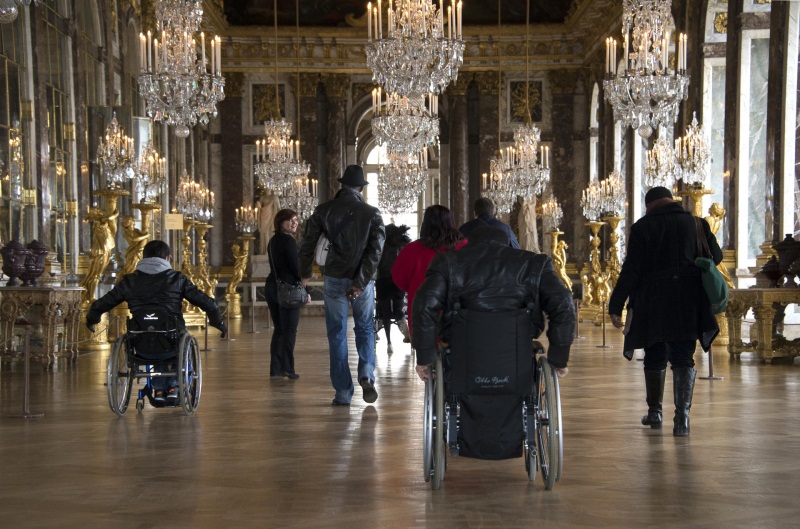
Everyone says the same thing: worth it, but hard. Getting from the parking lot to the entrance means pushing over long stretches of cobblestones. Inside, elevators sometimes work, sometimes don’t.
The gardens are huge and tiring unless you rent a golf cart. If you’re using a manual chair or walking with fatigue, don’t attempt it without backup.
If you go, aim for the musical fountain nights in summer. They’re less crowded and feel more special.
More about visiting Versailles here.
6. The Arc de Triomphe Is Reachable (Only If You Skip the Tunnel)
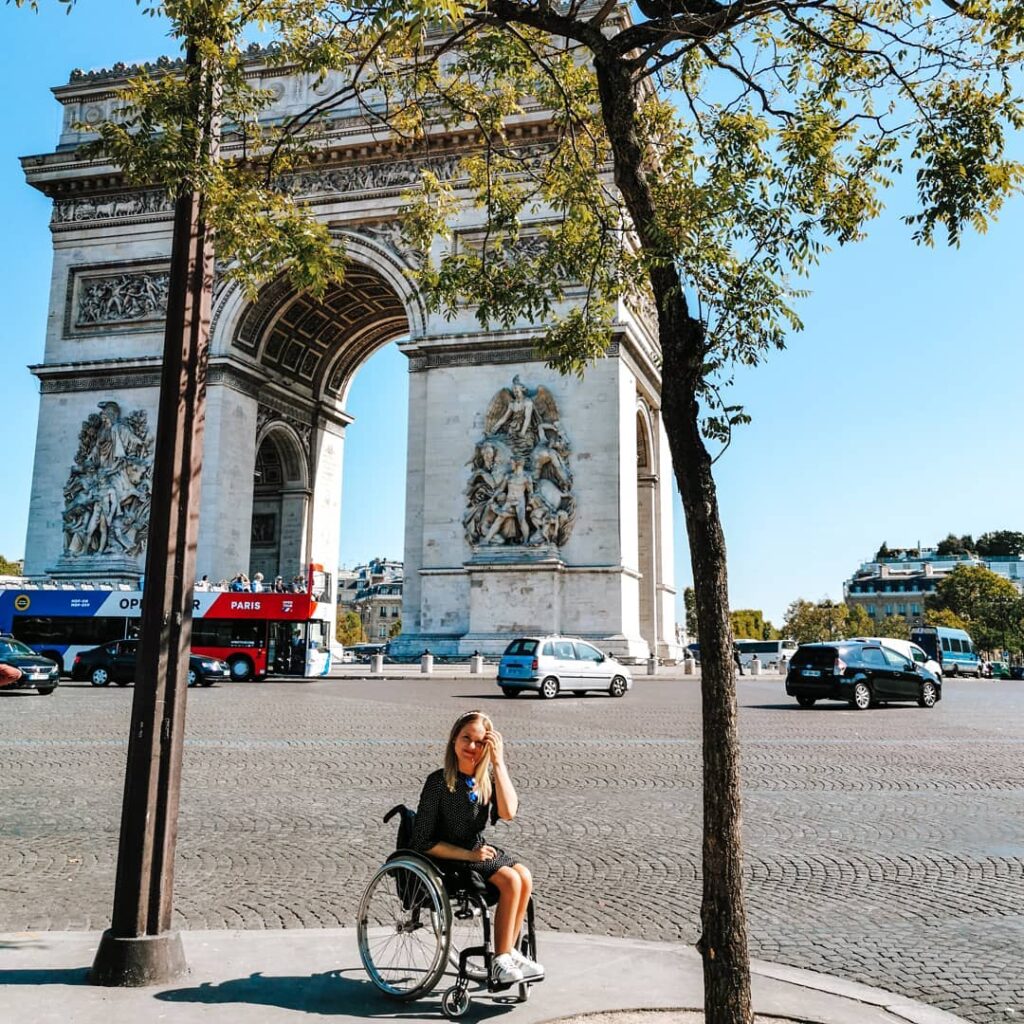
Yes, there’s an elevator to the top. But, there’s no ramp through the underground tunnel that most people use to get there. If you want to visit, take a taxi and get dropped off right in front.
Several travelers said police on-site helped them cross the road and even called over staff for assistance. The lift is slow but works. Views from the top are great, and the staff is consistently kind.
7. Some Neighborhoods Are Easier Than Others

Avoid Montmartre. Even though the funicular is accessible to people with reduced mobility, the steep hills and endless stairs make it exhausting and unsafe for people with mobility issues.
Stick to flatter areas like the Champs de Mars, Seine riverbanks, or public squares and wide avenues near the Latin Quarter.
Areas around the big museums and government buildings tend to have better sidewalks and curb ramps.
The bike lanes are often smoother than the sidewalks, and it’s legal to use them with a wheelchair. You can also use the road, but stick to bike lanes when possible.
8. Hotels and Restaurants Can Be Deceptive
Just because a hotel has an elevator doesn’t mean it’s accessible. Many Paris buildings have two or three steps just to get to the lobby. Some elevators are too narrow for wheelchairs or don’t reach all floors.
Airbnbs are even more inconsistent. Double-check with the host and ask for exact measurements if needed.
Restaurants are better outside tourist areas, but bathrooms are almost always a problem. They’re often located down a winding staircase or tucked into a corner with no space.
One notable exception: Bouillon by Gare de l’Est is mentioned as having fully accessible bathrooms.
9. Locals Are Generally Helpful, But You’ll Need to Ask
Most travelers say Parisians are respectful and offer help if asked. But don’t expect automatic assistance.
At museums and stations, go straight to the information desk. If you have a cane, people will usually let you use elevators without asking questions.
Bring your national disability card if you have one. Many museums offer fast-track or free entry for documented mobility issues, even if it’s not a French card.
If you’re traveling with a service dog, be aware that France only recognizes a limited set of disability categories. Emotional support animals are not accepted.
10. You’ll Need to Pace Yourself Differently
This isn’t a city where you can cram eight stops into one day. Most people with mobility concerns suggest doing just one big activity in the morning and one in the evening. Rest in the middle. Sit in a park. Find a shady terrace.
Public bathrooms are scattered around the city and can save you the hassle of inaccessible restaurant facilities.
If you’re looking for low-effort sightseeing ideas, travelers suggest a Seine river cruise, a nighttime 2CV driving tour, or just riding the public bus around town. They’re relaxing and still offer great views.
In Conclusion
Paris isn’t the most accessible city, but it’s better than you’d think from the horror stories online.
Elevators break, sidewalks are cracked, and there’s no sugarcoating the stairs. But with some advance planning, you can absolutely go and have a good time.
Just be realistic about your limits, and build in more time than you think you’ll need.
